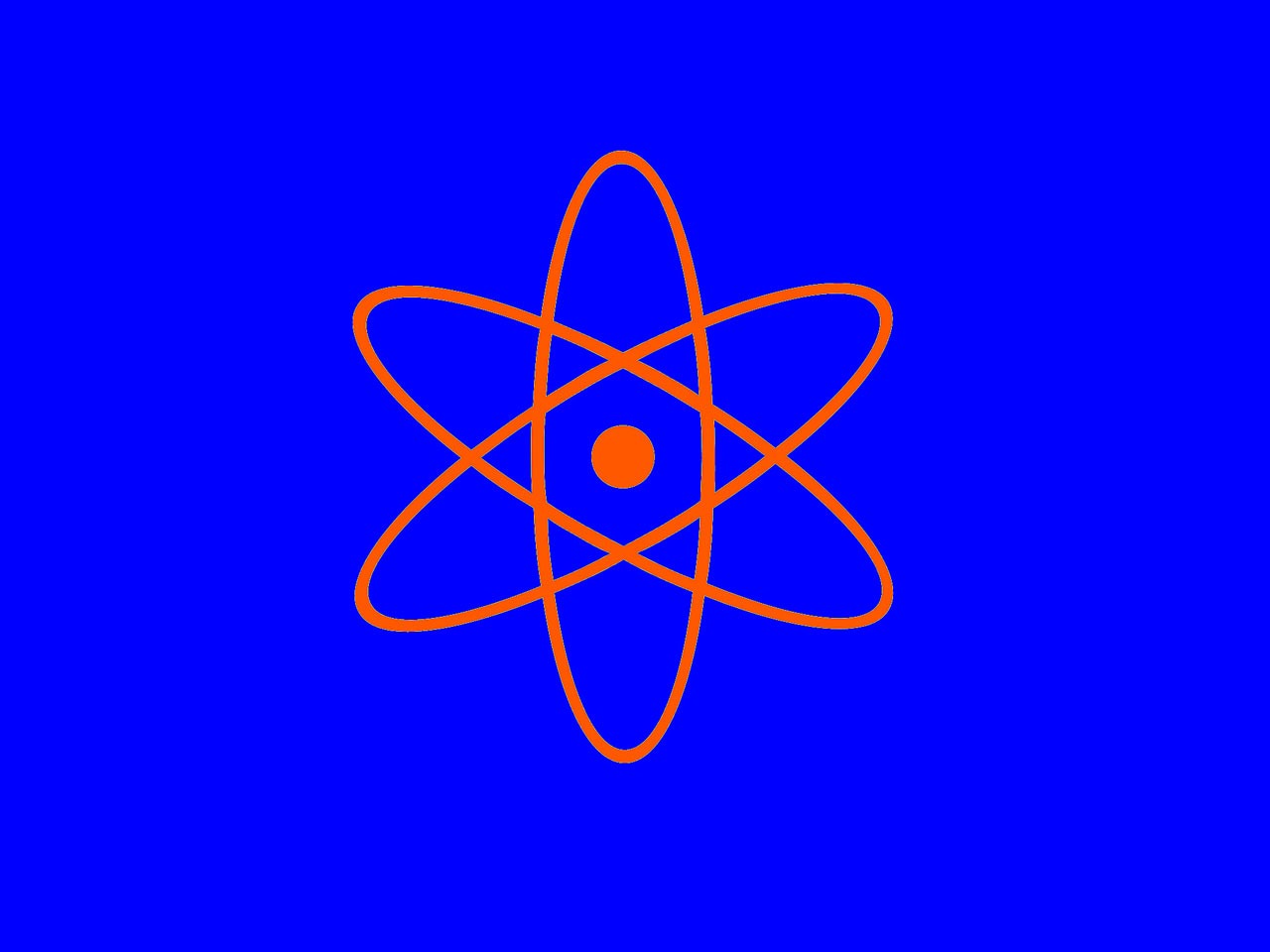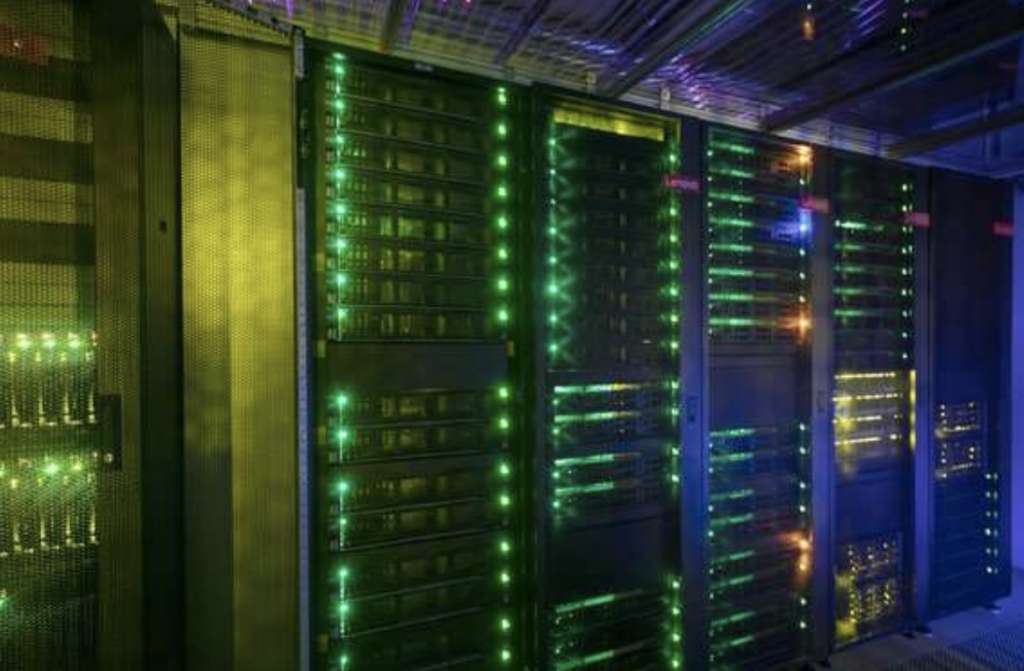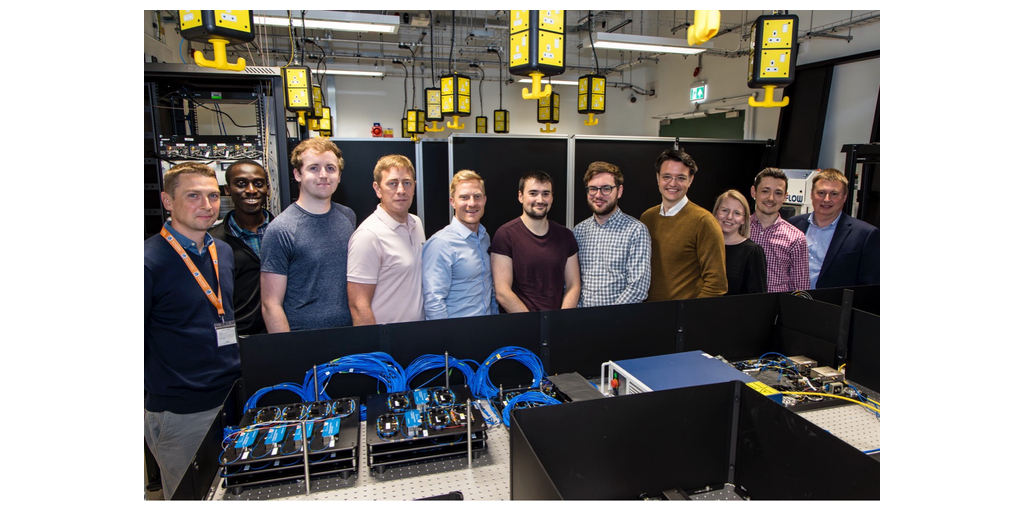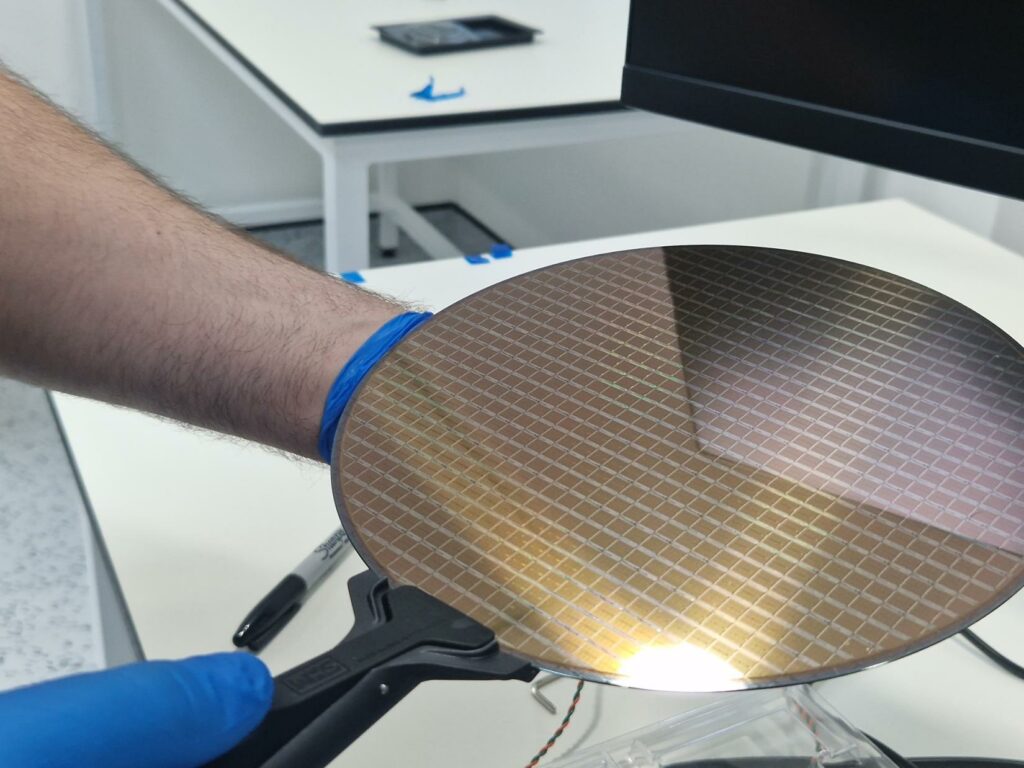
Authors: Mario Piattini, Pepe Hevia Oliver and Guido Peterssen Nodarse
This month (November 2021) the Software Engineering Institute of the Carnegie Mellon University has just published a “National Agenda for Software Engineering Research & Development” titled: “Architecting the Future of Software Engineering” [1]. According to the SEI this agenda “is the result of a yearlong, community-based activity to re-validate the importance and centrality of software engineering; identify current and future challenges in the discipline; and develop a research agenda to catalyze the software engineering ecosystem to prepare for the future”.
An entire section of the agenda (5.9 Engineering Quantum Computing Software Systems Research Focus Area) is devoted to quantum computing, pointing out that “If we imagine that hardware advances that permit scaling are achieved, then advances in software and software engineering will also be needed”.
For this reason, we have found it interesting to talk with Mario Piattini, José Luis Hevia and Guido Peterssen, who have not only been working on R&D for Software Engineering and Quantum Programming for some years, in the process of which they have designed and created QuantumPath®.
How have you received the National Agenda for Software Engineering Research & Development from the SEI?

This confirms the bet we made four years ago in aQuantum for quantum software engineering, especially for producing quantum software in a more industrial and controlled way, addressing aspects such as design, quality, delivery, project management, or evolution of quantum software. We point out our conviction that quantum computing will be the main driver for a new software engineering golden age during the present decade of the 2020s [2]. We also highlighted the importance of starting to develop new techniques and/or adapting classical software engineering techniques to the characteristics of quantum programming, having to be, on the one hand, agnostic with respect to quantum computing technology; and on the other hand, taking into account the design of hybrid systems that occur in the reality of organizations [3].
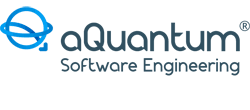
In this context and following the principles of the Talavera Manifesto for Quantum Software Engineering and Programming [4], we have spent the last few years researching Quantum Software Engineering and applying the results of this research in the development of the QuantumPath® platform that has just been launched on the market [5]. While it is true that there are several quantum development platforms and tools [6], QuantumPath® is the only one specifically conceived from a quantum software engineering perspective. Thus, solving most of the quality problems of quantum computing platforms [7].
What is the current status of QuantumPath® regarding a number of relevant issues raised by the SEI Agenda for Research and Development in Software Engineering?
It has been a source of satisfaction for us to verify that as a result of this theoretical and practical activity, as we will show later, several of the issues raised by the SEI Agenda for Software Engineering Research & Development as interesting topics for research in this field have already been incorporated into QuantumPath®, for example:
1) The SEI agenda says that “In most cases, users access today’s quantum computing systems via the cloud as a special-purpose co-processor of a classical computer…. Deciding which computation to perform on what component will remain a challenge, as will measuring the performance of the system”.
QuantumPath® allows to consult and analyse the telemetry generated in the system and use machine learning techniques to support theis work and decisions to be made.
2) The SEI agenda proposes to “develop new tools for debugging quantum algorithms and hybrid classical-quantum algorithms”.
Precisely one of the apps that QuantumPath® has incorporated deals with all the necessary models and techniques to create and manage quantum software testing. Using techniques such as mutation testing QuantumPath® helps to assure quantum application quality.
3) The SEI agenda highlights the importance of “Refining the interfaces: command-line, application-level, and application programming interfaces”.
QuantumPath® supports all the quantum technological approaches: gate model and/or quantum annealing with a graphical very user-friendly interface (Q Assets Compositor™ design tools), even in the case of QUBO formulation [8].
The platform also offers the possibility of a pseudocode and a direct code asset definition, and APIs to consume and extend virtually any functionality.
4) The SEI agenda proposes to “Develop tools to support continuous integration for quantum computers”.
In this sense, QuantumPath® offers a full ALM stack from the creation of the quantum algorithm through its development, testing and implementation, to its deployment and reuse, accelerating the construction and deployment of quantum applications, abstracting their technical complexities.
5) The SEI agenda reflects on the importance of considering hybrid (classical-quantum) algorithms and systems.
QuantumPath® with its qSOA™ architecture enables the integration of quantum software and classical IT through ConnectionPoints and its open standards-based protocol.
Finally, any general thoughts on the SEI agenda for software engineering research and development?
Yes, of course, we would like to emphasize that we fully endorse the two recommendations of the agenda:
· Research recommendation 5 — Catalyze Increased Attention on Engineering for New Computational Models, with a Focus on Quantum-enabled Software Systems. The software engineering community should collaborate with the quantum computing community to anticipate new architectural paradigms for quantum-enabled computing systems.
In this sense we promote several workshops [9][10] and the aQuantum Partner Network [11] in order to create spaces for collaboration between software engineering and quantum communities, in which Research Centers, Universities and Companies from different countries actively participate.
· Enactment Recommendation 8 — Recommendation 8 — Develop a Strategy For Ensuring an Effective Workforce for the Future of Software Engineering. Currently, software engineering is performed by a broad collection of people with an interdisciplinary skill set that does not always include formal training in software engineering. We need to better understand the nature of the needed workforce and what to do to foster its growth. For some time now, we have been expressing our concern for the necessary workforce for developing quantum software [12].
QuantumPath®, given its architecture and functionalities, facilitates and accelerates the practical preparation of quantum software developers, making a very special contribution to the growing global demand for quantum software developers in the emerging quantum industry [13].
To advance in achieving this important goal for the adoption of quantum computing, some years ago we designed and put into practice aQuantum mentoring, a training service through which we transfer our experience of years developing classical and quantum software for the creation of the fundamental competences of polymath teams (Physicists, Chemists, Mathematicians, Engineers, etc.) required for the development of quantum software with QuantumPath®.
In summary, we are satisfied that the Carnegie Mellon University´s Software Engineering Institute proposed applied research to improve the practice of quantum software engineering, confirm the soundness of the decisions made in the creation of QuantumPath®.
REFERENCES
[1] Architecting the Future of Software Engineering. A National Agenda for Software Engineering Research & Development. Carnegie Mellon University, Software Engineering Institute, November 2021. https://resources.sei.cmu.edu/library/asset-view.cfm?assetid=741193
[2] Quantum Computing: a new Software Engineering golden age. Piattini, M., Peterssen, G. and Pérez-Castillo, R ACM SIGSOFT Software Engineering Notes 45(3), 12–14. https://dl.acm.org/doi/10.1145/3402127.3402131
[3] Towards a quantum software engineering. M., Piattini, M. Serrano, R. Pérez-Castillo, G. Peterssen, and J. L. Hevia. IT Prof., vol. 23, no. 1, pp. 62–66, Jan.-Feb. 2021. doi: 10.1109/MITP.2020.3019522. https://ieeexplore.ieee.org/document/9340056
[4] The Talavera Manifesto for Quantum Software Engineering and Programming. Mario Piattini, Guido Peterssen, Ricardo Pérez-Castillo, José L. Hevia, Manuel A. Serrano, Guillermo Hernández, Ignacio García Rodríguez de Guzmán, Claudo A. Paradela, Macario Polo, Ezequiel Murina, Luis Jiménez, Juan C. Marqueño, Ramsés Gallego, Jordi Tura, Frank Phillipson, Juan M. Murillo, Alfonso Niño, and Moisés Rodríguez. 2020, https://www.aquantum.es/manifesto/
[6] Quantum Computing. Jose Luis Hevia, Guido Peterssen, Christof Ebert, Mario Piattini. IEEE Softw. 38(5): 7–15 (2021). https://ieeexplore.ieee.org/document/9520227
[8] A New Path to Create Solutions for Quantum Annealing Problems. Jose Luis Hevia, Ezequiel Murina, Guido Peterssen, Mario Piattini. Journal of Quantum Information Science > Vol.11 №3, September 2021. https://www.scirp.org/journal/paperinformation.aspx?paperid=111942
[9] QUATIC 2021: The International Conference on the Quality of Information and Communications Technology. Track: Quality Aspects in Quantum Computing. https://2021.quatic.org/thematic-tracks/quality-aspects-in-quantum-computing
[10] QSET 2021: The 2nd Quantum Software Engineering and Technology Workshop, co-located with IEEE International Conference on Quantum Computing and Engineering (QCE21) (IEEE Quantum Week 2021). https://quset.github.io/qset2021/
[11] https://www.aquantum.es/partner-network/
[12] Peterssen, G. Quantum technology impact: the necessary workforce for developing quantum software. CEUR Workshop Proceedings. http://ceur-ws.org/Vol-2561/paper1.pdf. 2020
For more market insights, check out our latest quantum computing news here.


